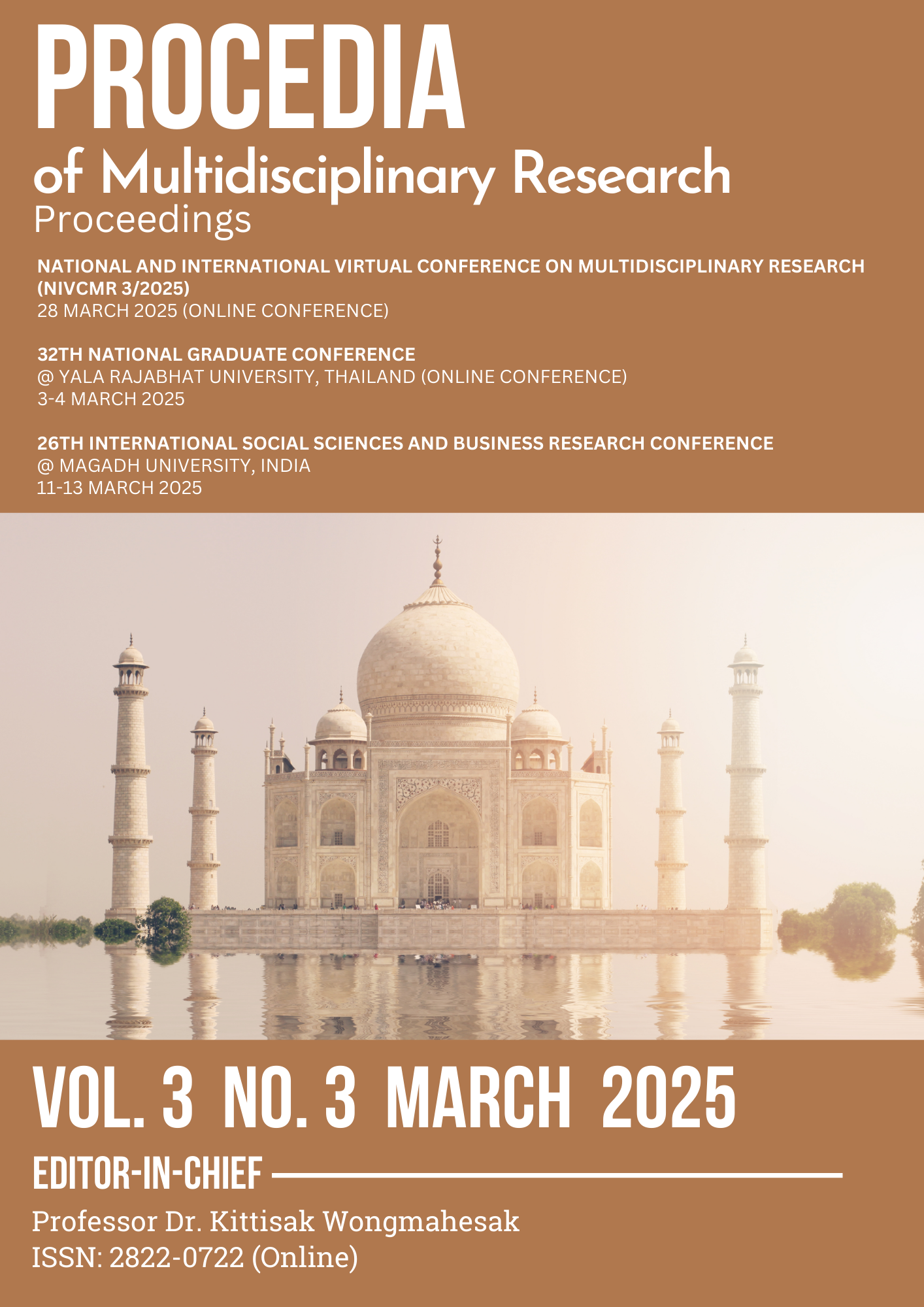DIGITAL PRESERVATION AND CULTURAL CONTINUITY IN THE COUNTRYSIDE: INFORMATION VISUALIZATION STRATEGIES FOR YI CHENGZI ARCHITECTURAL HERITAGE UNDER A DIGITAL COUNTRYSIDE STRATEGY
Abstract
Chengzi Ancient Village, located in the Yi ethnic region of Yunnan Province, China, is renowned for its unique rammed earth architecture and rich cultural heritage. With ongoing modernization, urbanization, and the digital rural strategy, the village faces new tensions stemming from external influences and internal adjustments. By tracing its evolution from the Ming and Qing Dynasties to the present, this study highlights the craftsmanship of rammed earth construction, associated sociocultural rituals, and the ways political and economic shifts have shaped the village. Findings indicate that while these dwellings remain crucial for both functional adaptation and cultural symbolism, population outflow, tourism commercialization, and broader economic changes threaten their authenticity and continuity. Although digital rural policies may bolster local growth and preservation, enhancing community empowerment, sustainable investments, and deeper cultural exploration is critical. Drawing on literature review, fieldwork, and interviews, this paper outlines Chengzi’s adaptive strategies across history, examines tensions between preservation and current pressures, and underscores opportunities for advanced information visualization and heritage conservation. The conclusions offer guidance for safeguarding comparable rammed earth settlements globally in an era of increasing digitalization.
Downloads
Published
Issue
Section
License

This work is licensed under a Creative Commons Attribution-NonCommercial-NoDerivatives 4.0 International License.







.png)

